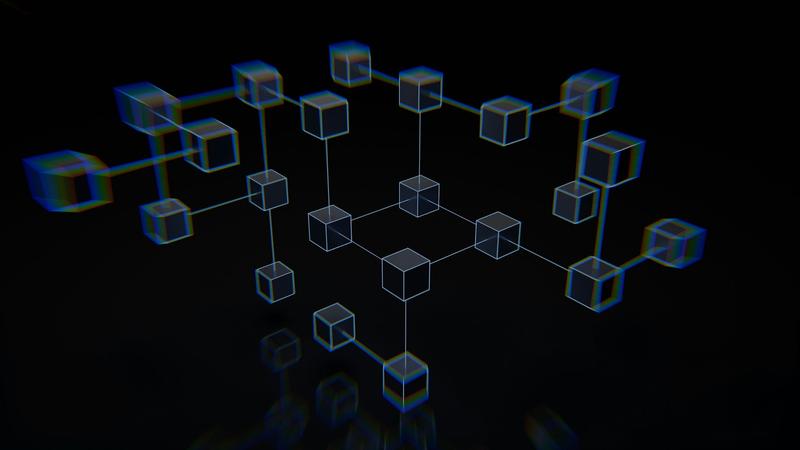Published 12:58 IST, October 16th 2024
How India is leading the Web3 revolution
The National Strategy on Blockchain aims to address regulatory challenges and foster innovation.

In an era steeped in digital transformation, India is emerging as a powerhouse of the Web3 revolution. With a unique blend of technological innovation and a vibrant startup ecosystem, India is not merely participating in the Web3 movement but proving to be an international leader. India has continued to rank first in the Chainalysis Global Crypto Adoption Index for the past two years, signalling the expanding impact and adoption of blockchain technology in the nation through various industries
In this article, let’s discuss some early indicators of India’s dominance in the global Web3 landscape:
Achievement in innovation fuelled by government initiatives
India's outstanding ranking in the Chainalysis report, which assesses nations based on crypto transaction volumes and user engagement, showcases the country's dominance in the global Web3 ecosystem. The report highlights India's potential to become a global hub for Web3 technology and services. This growth is driven by both government initiatives and India’s diverse demographics, enthusiastic for digital assets and blockchain applications; this is especially present in younger populations, paving the way for future developments.
The Indian government has recognized the potential of blockchain technology to enhance transparency and efficiency in governance. The National Strategy on Blockchain aims to address regulatory challenges and foster innovation. Several projects are being implemented across various states, focusing on critical areas such as land registries, digital identity verification, and agricultural insurance. For example, Andhra Pradesh's blockchain-based land registry system aims to eliminate corruption and improve access to land records while facilitating controlled peer-to-peer (P2P) energy trading, while the Uttar Pradesh government became the first state to modify its regulatory framework and add blockchain technology to its rooftop solar power segment.
One of the latest key initiatives is the National Blockchain Framework (NBF), which aims to create trusted digital platforms for citizens. This framework supports two permissioned blockchain platforms and is extensible, allowing for the development of Blockchain as a Service (BaaS) solutions hosted on geographically distributed infrastructure across India. Additionally, the government has introduced NBFLite, a lightweight blockchain platform tailored for startups and academic institutions. This sandbox environment encourages rapid prototyping and research in blockchain applications, fostering innovation and capacity building within the ecosystem.
A Flourishing Web3 Ecosystem
India's blockchain landscape is further enriched by a thriving Web3 ecosystem. A recent report by the Bharat Web3 Association reveals that nearly 70% of over 400 pioneering Web3 companies are headquartered in India. Karnataka has emerged as a significant hub, housing 97 companies, followed closely by Maharashtra and Telangana. This concentration of startups reflects an entrepreneurial spirit that is driving innovation across various sectors.
According to the report, 79 companies specialise in developing applications related to blockchain technology, making blockchain service solutions the most prominent vertical within the Web3 sector. Other key areas include Virtual Digital Asset (VDA) exchanges and trading platforms, as well as blockchain infrastructure firms. India is becoming more and more visible in the global Web3 arena, and this diversity shows how it can change a variety of industries, including gaming and finance.
Economic Impact and Future Opportunities
The economic implications of Web3 in India are profound. Estimates suggest that blockchain could contribute approximately $1.1 trillion to India's GDP over the next decade. The fact that foreign and domestic investors are increasingly confident in the potential of Indian Web3 startups is evidenced by the 37-fold increase in investments made in these startups last year.
Strategic government initiatives, a thriving startup ecosystem, and an unwavering commitment to innovation are what define India's leadership in the Web3 ecosystem. India is positioned to redefine its digital economy and set new standards, having topped the Chainalysis report and showcasing a wide network of Web3 firms. The country is prepared to empower its people and promote sustainable economic growth as it continues to explore new uses for blockchain technology, setting the stage for a new phase of digital transformation that should be advantageous to all facets of society.
About author:
Dilip Chenoy is a chairperson of the Bharat Web3 Association. He has acted as the Secretary General of the Federation of Indian Chambers of Commerce & Industry (FICCI), Managing Director and Chief Executive Officer of the National Skill Development Corporation (NSDC), Director-General of the Society of Indian Automobile Manufacturers (SIAM), and Deputy DirectorGeneral of the Confederation of Indian Industry (CII).
Updated 11:33 IST, October 17th 2024